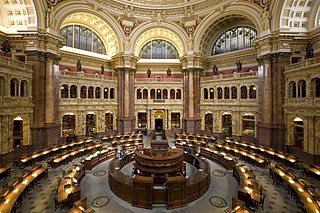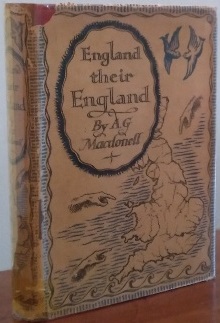
Alan Alexander Milne was an English writer best known for his books about the teddy bear Winnie-the-Pooh, as well as for children's poetry. Milne was primarily a playwright before the huge success of Winnie-the-Pooh overshadowed all his previous work. Milne served in both World Wars, as a lieutenant in the Royal Warwickshire Regiment in the First World War and as a captain in the Home Guard in the Second World War.

Herbert George Wells was an English writer. Prolific in many genres, he wrote more than fifty novels and dozens of short stories. His non-fiction output included works of social commentary, politics, history, popular science, satire, biography and autobiography. Wells is now best remembered for his science fiction novels and has been called the "father of science fiction."

Edmund Charles Blunden was an English poet, author, and critic. Like his friend Siegfried Sassoon, he wrote of his experiences in World War I in both verse and prose. For most of his career, Blunden was also a reviewer for English publications and an academic in Tokyo and later Hong Kong. He ended his career as Professor of Poetry at the University of Oxford. He was nominated for the Nobel Prize in Literature six times.

American literature is literature written or produced in the United States of America and in the colonies that preceded it. The American literary tradition thus is part of the broader tradition of English-language literature, but also includes literature of other traditions produced in the United States and in other immigrant languages. Furthermore, a rich tradition of oral storytelling exists amongst Native American tribes.
This article contains information about the literary events and publications of 1819.
British literature is literature from the United Kingdom of Great Britain and Northern Ireland, the Isle of Man, and the Channel Islands. This article covers British literature in the English language. Anglo-Saxon literature is included, and there is some discussion of Latin and Anglo-Norman literature, where literature in these languages relate to the early development of the English language and literature. There is also some brief discussion of major figures who wrote in Scots, but the main discussion is in the various Scottish literature articles.

Sir John Collings Squire was a British writer, most notable as editor of the London Mercury, a major literary magazine in the interwar period. He antagonised several eminent authors, but attracted a coterie that was dubbed the Squirearchy. He was also a poet and historian, who captained a famous literary cricket-team called the Invalids.

Ernest William Hornung was an English author and poet known for writing the A. J. Raffles series of stories about a gentleman thief in late 19th-century London. Hornung was educated at Uppingham School; as a result of poor health he left the school in December 1883 to travel to Sydney, where he stayed for two years. He drew on his Australian experiences as a background when he began writing, initially short stories and later novels.

Edward Verrall Lucas, CH was an English humorist, essayist, playwright, biographer, publisher, poet, novelist, short story writer and editor.

The Leys School is a co-educational independent school in Cambridge, England. It is a day and boarding school for about 574 pupils between the ages of eleven and eighteen, and a member of the Headmasters' and Headmistresses' Conference.

Archibald Gordon Macdonell was a Scottish writer, journalist and broadcaster, whose most famous work is the gently satirical novel England, Their England (1933).
The sport of cricket has long held a special place in Anglophone culture, and a specialised niche in English literature. Cricket is the official summer sport in England, and it is widely known as the "gentleman's game", owing to the unique culture of the sport and its emphasis on ideals such as grace, sportsmanship, character and complexity. Cricket has therefore often attracted the attention of the literati – Lamb, Hazlitt and Leigh Hunt were all players of the game – and some of the greatest English writers have written about cricket. This was particularly true in the era before the Second World War, for example, during the Edwardian era, and in the 1920s and 1930s.

Rottingdean is a village in the city of Brighton and Hove, on the south coast of England. It borders the villages of Saltdean, Ovingdean and Woodingdean, and has a historic centre, often the subject of picture postcards.
Ian McDonald is a Caribbean-born poet and writer who describes himself as "Antiguan by ancestry, Trinidadian by birth, Guyanese by adoption, and West Indian by conviction." His ancestry on his father's side is Antiguan and Kittitian, and Trinidadian on his mother’s side. His only novel, The Humming-Bird Tree, first published in 1969, is considered a classic of Caribbean literature.
The following is a list of recurring or notable fictional locations featured in the stories of P. G. Wodehouse, in alphabetical order by place name.
John Charles Woodcock OBE was an English cricket writer and journalist. He was the cricket correspondent for The Times from 1954 until 1987.
Hugh de Sélincourt was an English author and journalist, chiefly remembered today for his timeless tale of village cricket, The Cricket Match (1924).
Events from the year 1933 in the United Kingdom.
Events from the year 1863 in the United Kingdom.

Edward Humphrey Dalrymple Sewell was a first-class cricketer, popular cricket and rugby journalist and author, known universally as E. H. D. Sewell.











